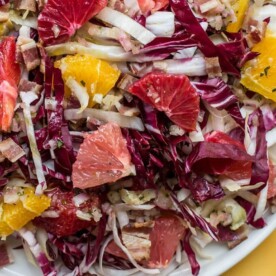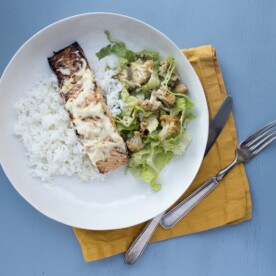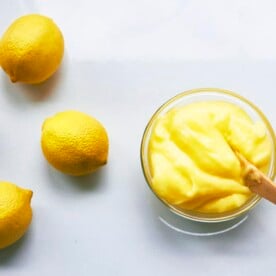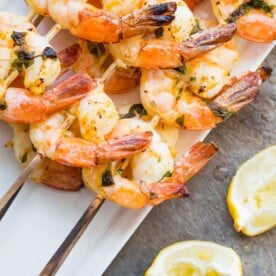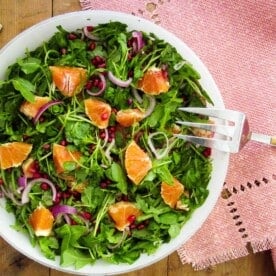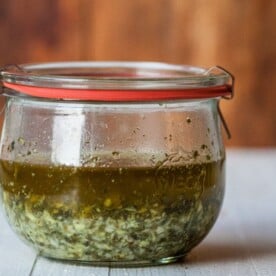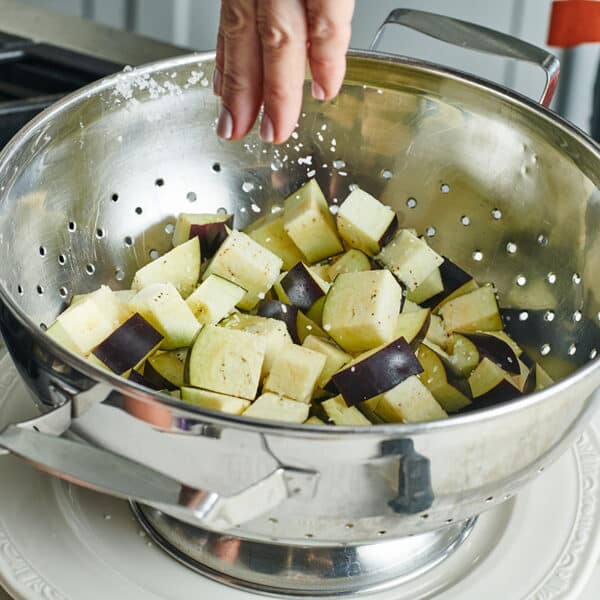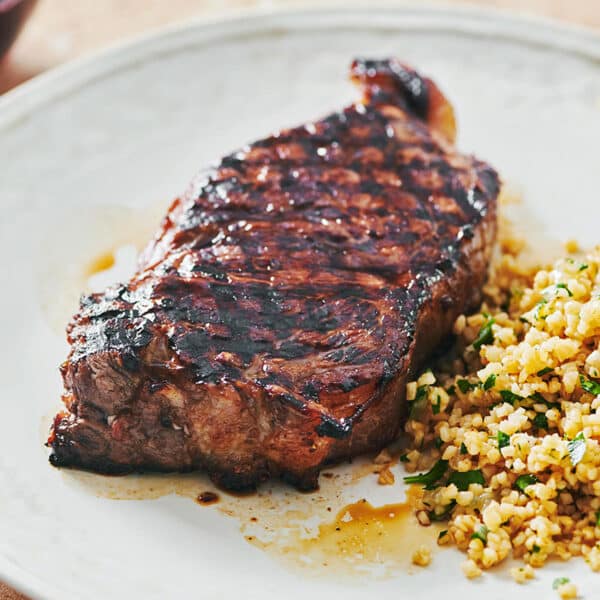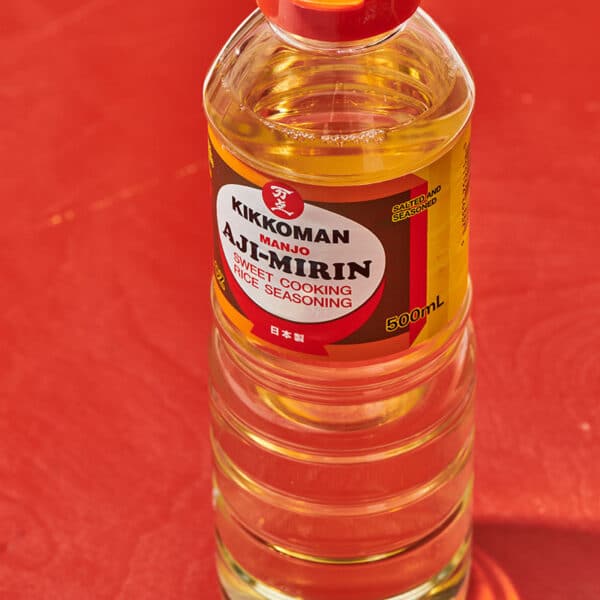How to Cook with Citrus
on Dec 29, 2021, Updated Nov 27, 2024
This post may contain affiliate links. Please read our disclosure policy.
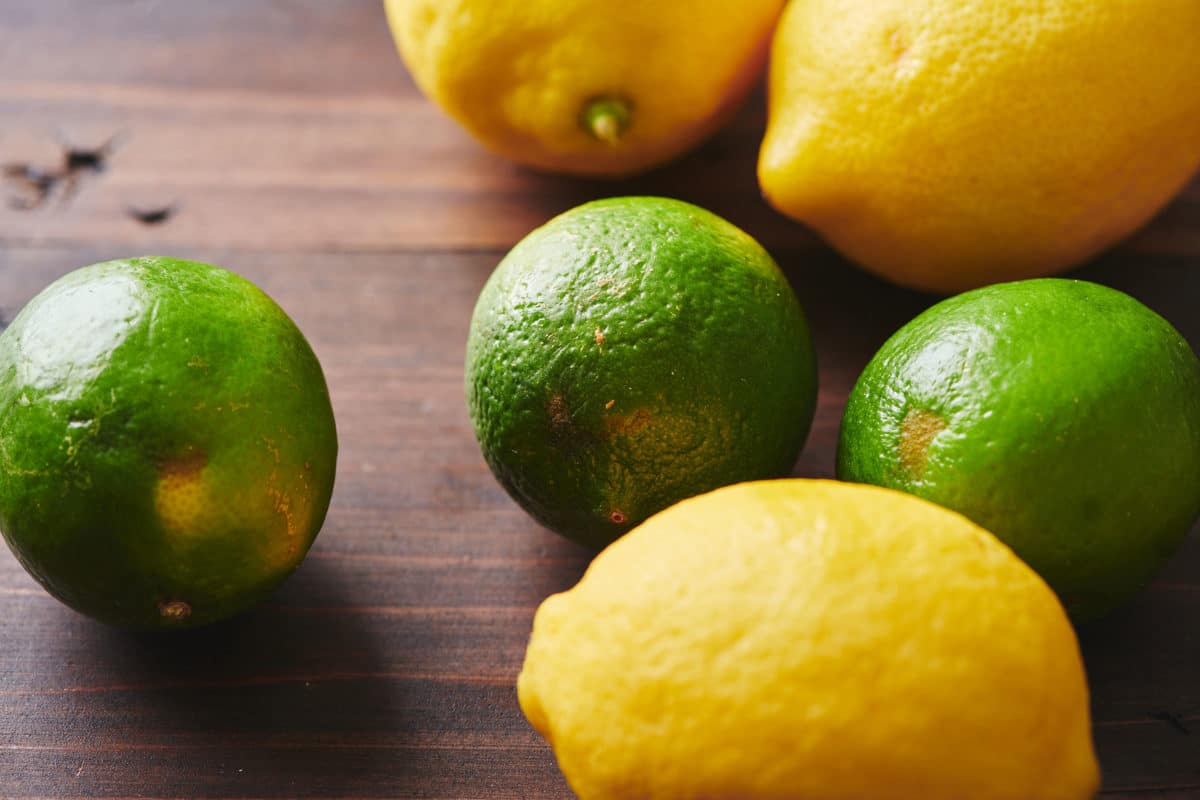
Citrus is my favorite way to add a touch of brightness and acidity to almost everything I make. We love it as the star of the show in recipes like Lemon Bars, Orange Cake, Lemon Meringue Pie, and Limoncello Cocktail. It’s also terrific in salad dressings and marinades. But it is instrumental in adding balance to all kinds of dishes, especially savory ones. A bit makes Lemon Rosemary Chicken Thighs and Orange Salmon with Leeks and Mushrooms, and Cilantro Lime Rice.
What is Citrus?
Citrus is a genus of flowering trees and shrubs that includes lemons, limes, oranges, and grapefruits. There are dozens of varieties of each of these with the most plentiful and familiar being in the orange category (such as mandarins, clementines, tangelos, blood oranges), lemon category (including Meyer Lemons), lime category (including Key Limes) or you might have encountered Pomelos, a variety of grapefruit. Citrus fruits are all grown in warm weather climates and the U.S. gets most of its oranges and grapefruits from Florida, lemons from California, and limes from Mexico.
By signing up, you agree to our Privacy Policy.
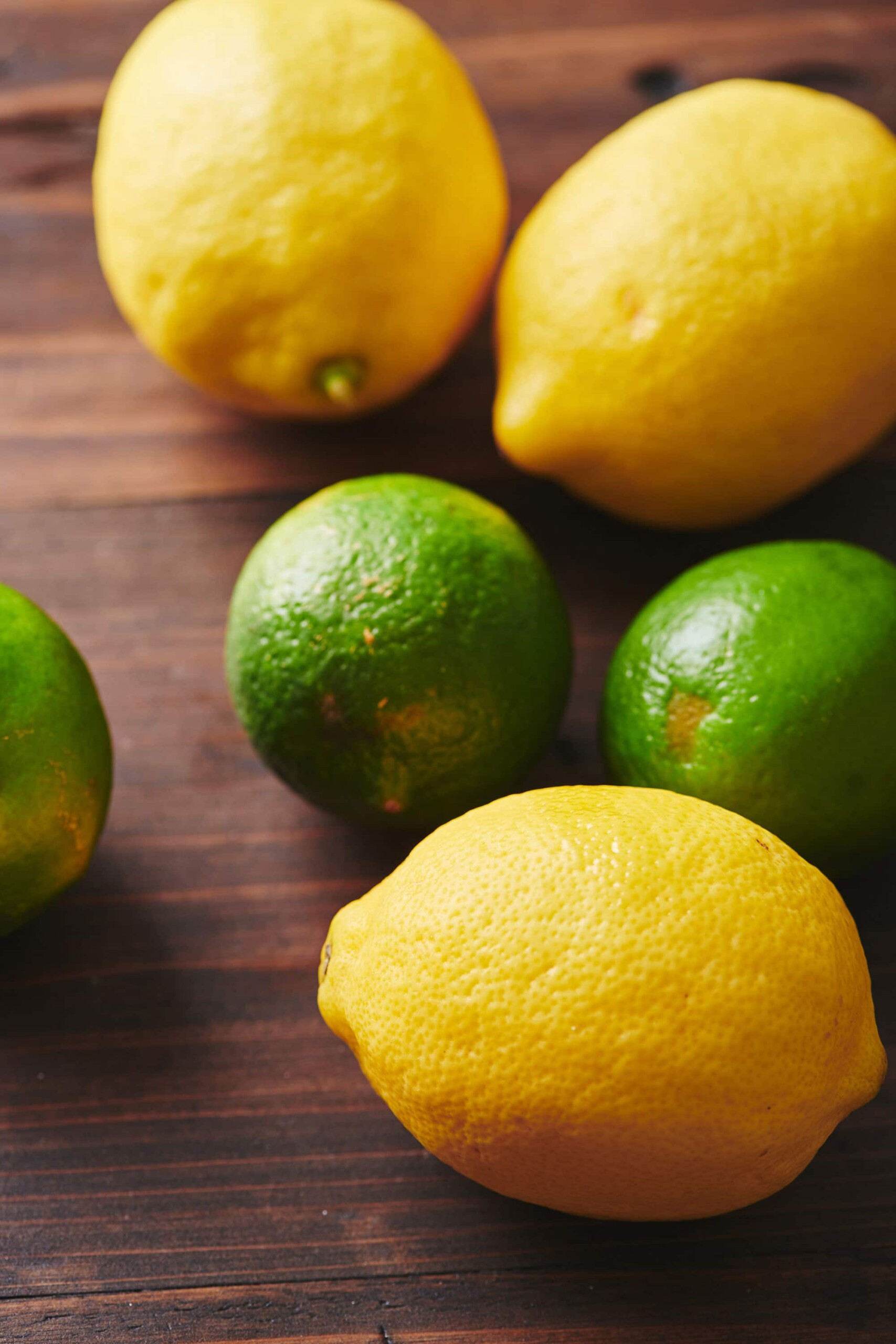
For many of us, some form of citrus is a part of our everyday life, whether it is simply eating an orange, squeezing a wedge of lime into a drink, or adding lemon juice into a dressing. But there are hundreds of ways to use citrus in cooking and they span cultures, nationalities, types of dishes, and ways of preparation including dried, candied, preserved, baked, and juiced.
The peel of oranges and lemons also have essential oils that are near impossible to extract in a home kitchen, but can be purchased for use in cooking, and sometimes are featured in cleaning products.
What Does Citrus Fruit Look Like?
Lemons are distinguishable by their bright yellow coloring, textured peel, and general oval shape.
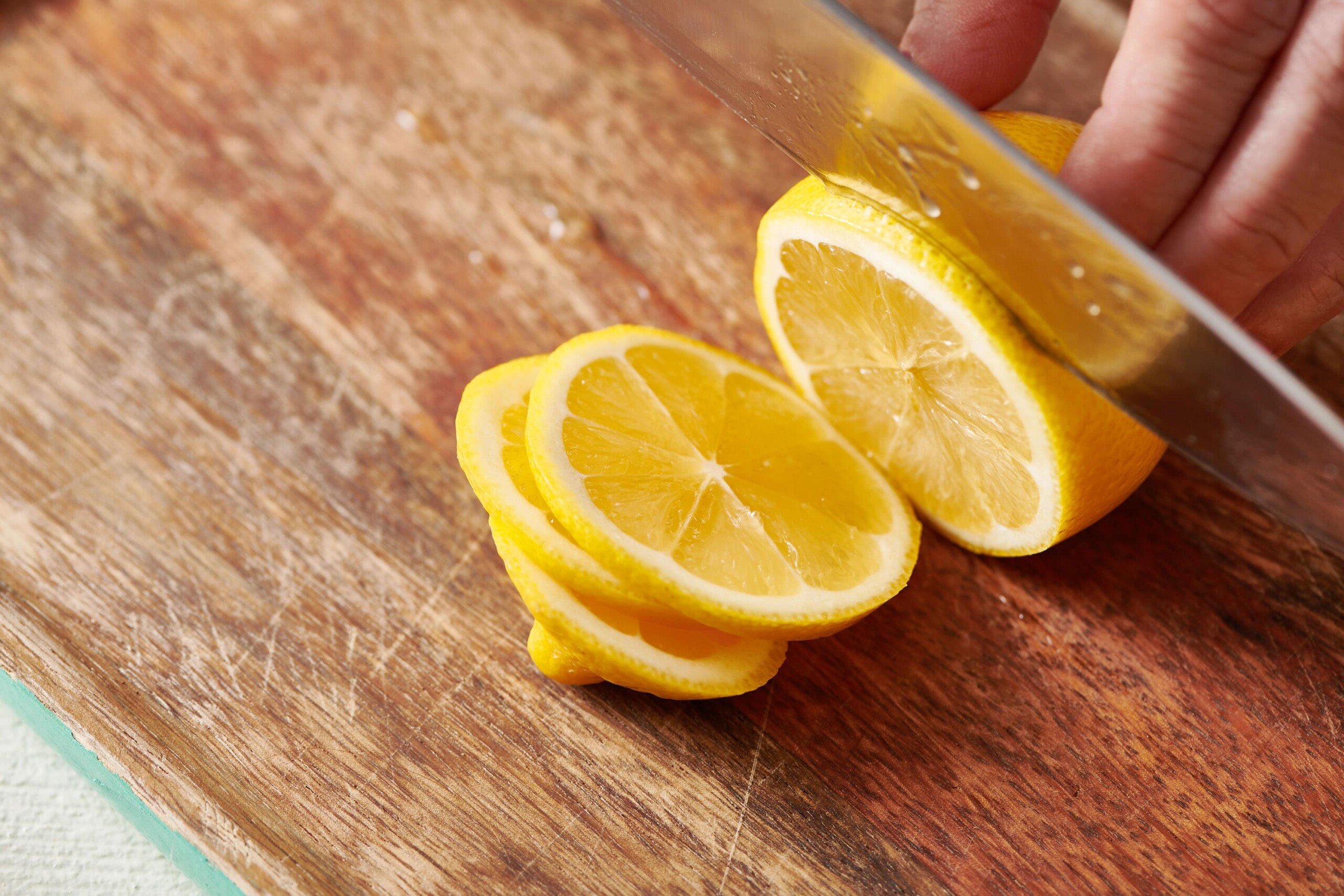
Limes are a smaller version of lemons in terms of shape but are green.
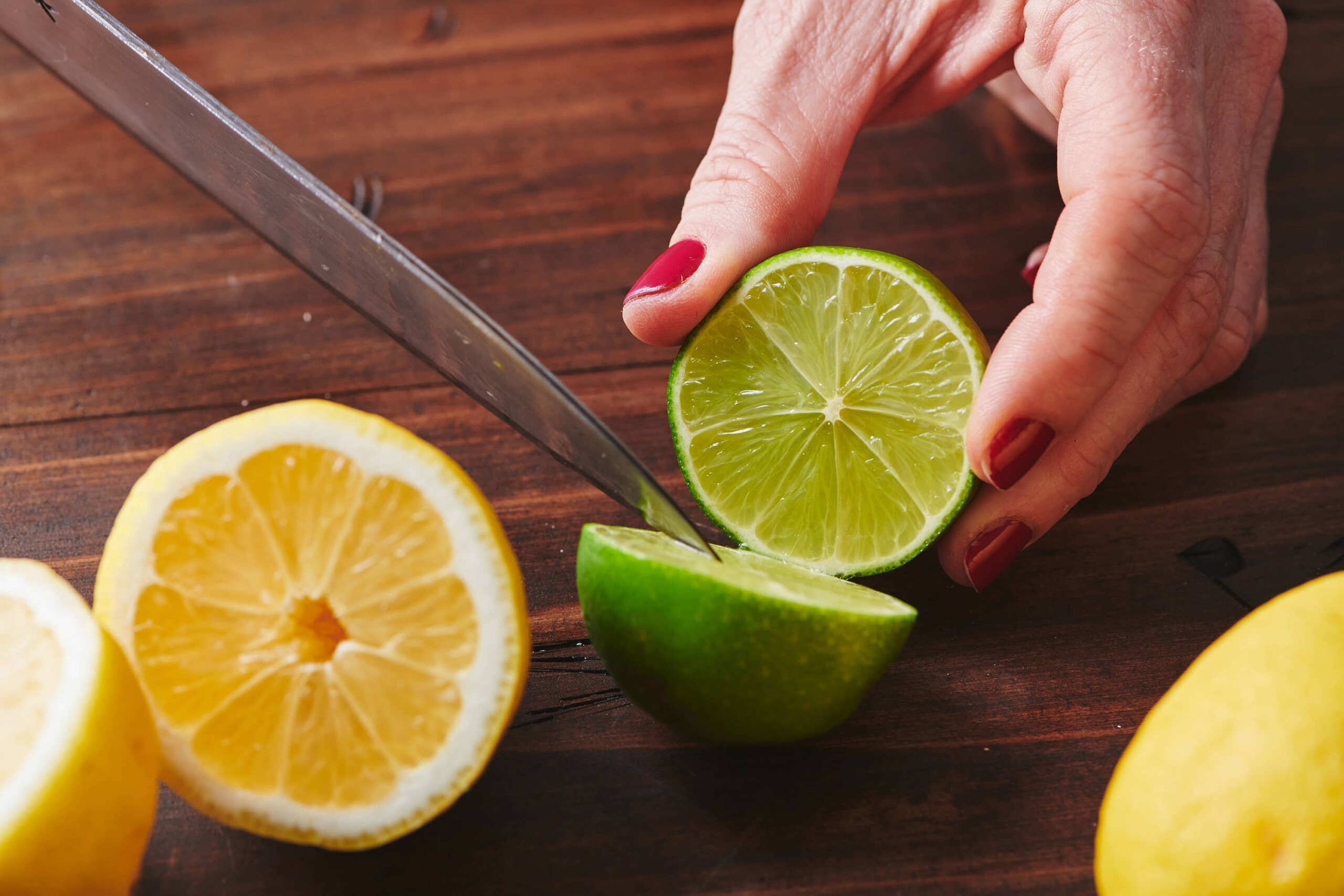
Oranges are, well, orange! Depending on the variety of orange (clementine, tangelo, mandarin, blood orange, Seville orange) depends on the size but most all oranges are round in nature with a textured skin.
And grapefruits are the largest of the citrus fruits and tend to be yellow, yellowy-green or yellowy-orange. Pomelos look like big grapefruits, and usually have yellow or greenish skin.
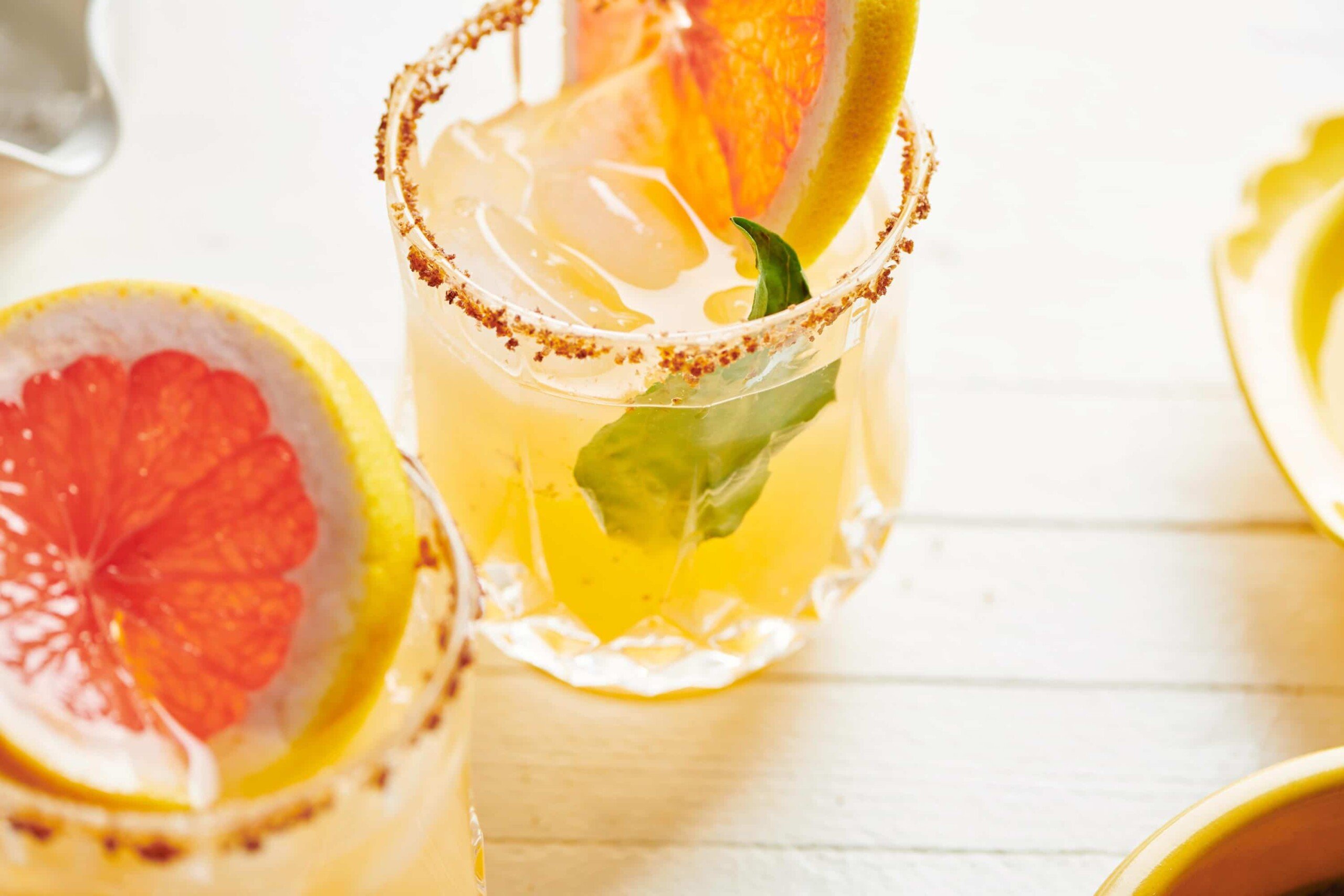
Where Can I Find Citrus Fruit?
The most common varieties of citrus- meaning your basic lemon, lime, orange, grapefruit- are readily available in supermarkets of all kinds. Specific varieties, such as Meyer Lemons, Key Limes, Pomelos, and others, are harder to find, and some can only be found during their peak season and in specialty markets.
How Do I Pick the Best Citrus Fruit?
All citrus should be firm and bright in color. Some varieties of oranges are quite soft but their peel should still be firm and not mushy. Make sure they are free of brown spots and bruises.
What Do Citrus Fruit Taste Like?
Citrus fruits are both sweet and sour because of the combination of sugar and citric acid. Our tongues interpret the citric acid as sharp or bitter, and the sugar as sweet. Regular lemons are known for its acidic juice and are usually so tart, they make you pucker. Limes have a tart, refreshing, acidic taste with a slight hint of sweetness, and an appealing little almost mustiness, to my palate. Orange and grapefruit varieties have lesser amounts of citric acid and therefore taste sweeter.
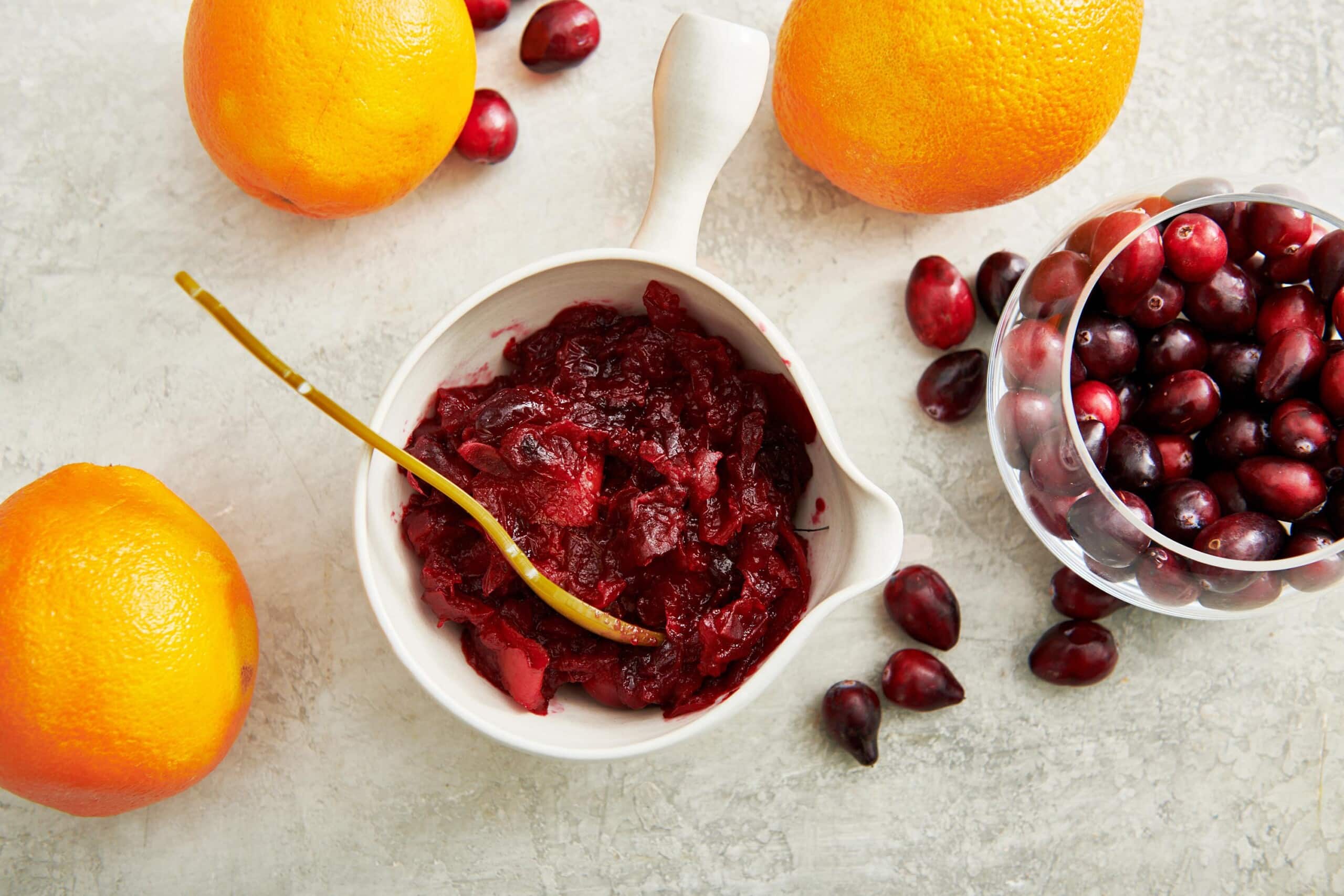
How to Cook with Citrus: Lemons, lime, oranges and more are some of the best ingredients to keep on hand to brighten all kinds of dishes.
How Do I Prepare Citrus Fruit?
Depending on the recipe depends on how citrus fruits need to be prepared. It is wise to always wash and dry citrus fruit before using so as to remove the waxy outer layer sprayed on to preserve them through shipping.
This is most important if using the peel in any recipes. To get the most juice from citrus fruit, a little kitchen hack is to gently but firmly roll the fruit back and forth with the palm of your hand along its widest part. This “tenderizes” the fruit and makes it easier for juice to be extracted.
If you plan to eat oranges and grapefruits — in any variety — “as is”, then either simply peeling the fruit and separating the sections, or cutting the fruit into wedges is the way to go. Grapefruits are also often cut in half across the widest point and the flesh scooped out of each sectional piece.
How Do I Cook With Citrus Fruit?
If you are cooking with zest (mostly commonly lemon, orange or lime zest, sometimes a combo), leave the citrus whole and use a microplane or extra fine grater. Just make sure to zest only the colored part of the skin as the white “pith” beneath tends to be bitter. If you want the peel cut in a different fashion (i.e. minced, thinly sliced, for candied purposes), keep the citrus whole and use a paring knife or vegetable peeler to remove the colored part of the peel.
If the recipe calls for citrus juice, cut the fruit in half across the widest middle point. Then use a reamer, juicer, or juice extracting tool to squeeze the juice out. Don’t have one of those tools? Good old fashioned hand squeezing works – stick a fork into the fruit and turn and squeeze to extract the most juice! Whatever way you go, make sure to strain for any pits that escape.
Citrus are used in hundreds of savory and sweet dishes. They can add subtle or powerful flavoring in beverages, vinaigrettes, dips, marinades, meats, salads, seafood, pastas, vegetables and desserts and baked goods of all kinds.
When are Citrus Fruits in Season?
Common lemons, limes, oranges, and grapefruits are available easily year round at supermarkets. Most markets also carry at least a few varieties of oranges, as well as pink and yellow grapefruits. Many other varieties are more seasonal such as Meyer lemons (December-May), Meyer limes (June through September), yuzu (from September through February) and clementines (October-January).
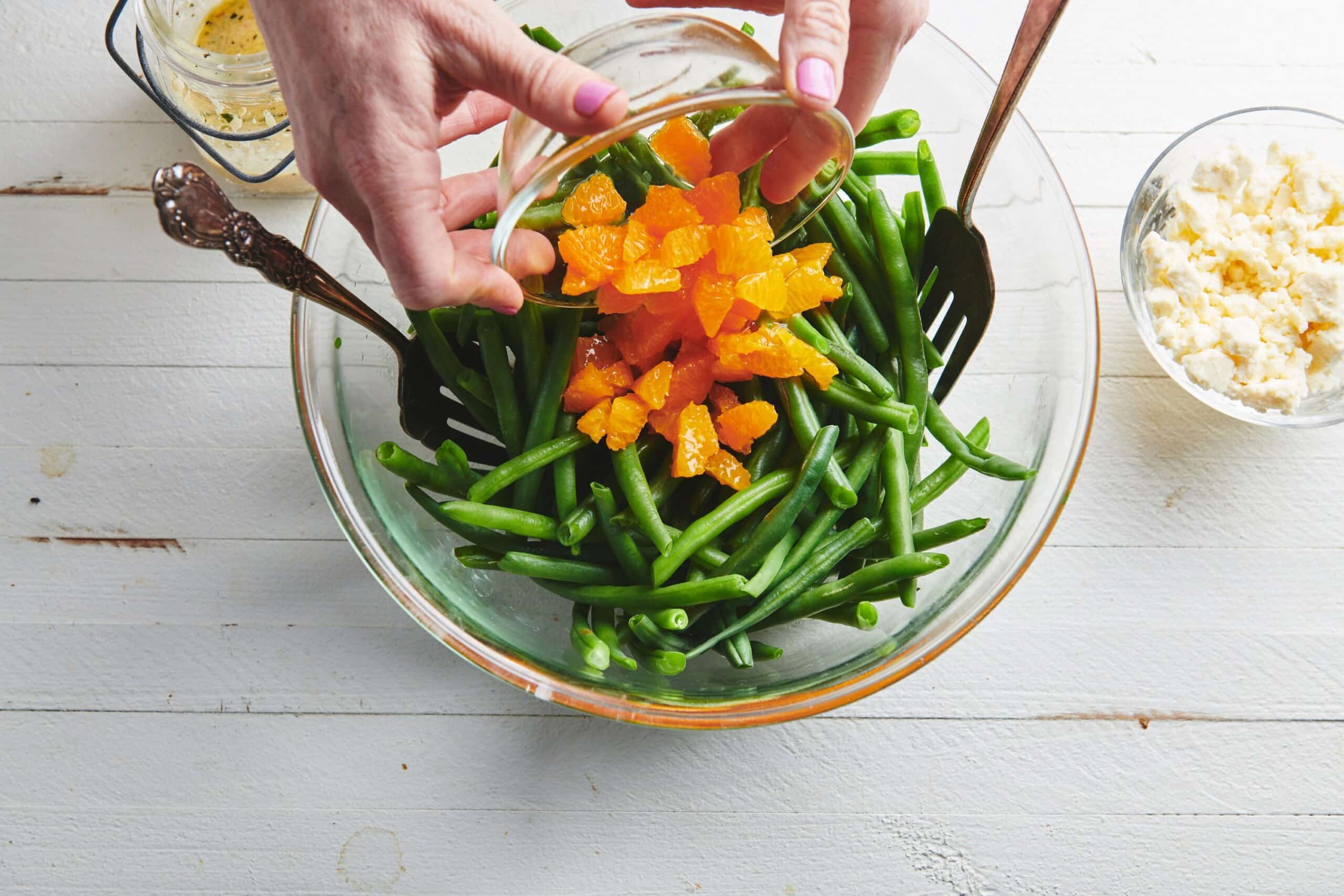
How Do I Store Citrus Fruit?
The best way to get the longest life out of your lemons and limes is to store them in the crisper or vegetable drawer of your refrigerator. They can last approximately 3 weeks. Left on your countertop, they will likely last a week before getting moldy. Oranges and grapefruits should be stored similarly but have a shorter life, usually about 2 weeks in the fridge.
If you have some leftover citrus, wrap tightly in plastic wrap and store in the fridge. For lemons and limes, even if it hardens a bit, you can still extract good juice out of it, but oranges and grapefruits will only last a few days before needing to be thrown out.
Are Citrus Fruits Nutritious?
All citrus fruits are very low in calories and contain a very high amount of Vitamin C and flavonoids which are antioxidants, and essential for good health. Citrus also contains soluble fiber which lowers cholesterol, and potassium which can lower your risk of heart disease.
Also see How to Cook with Finger Limes, How to Cook with Lemons and How to Cook with Limes.
9 Citrus Recipes
Here are some recipes that use citrus:
